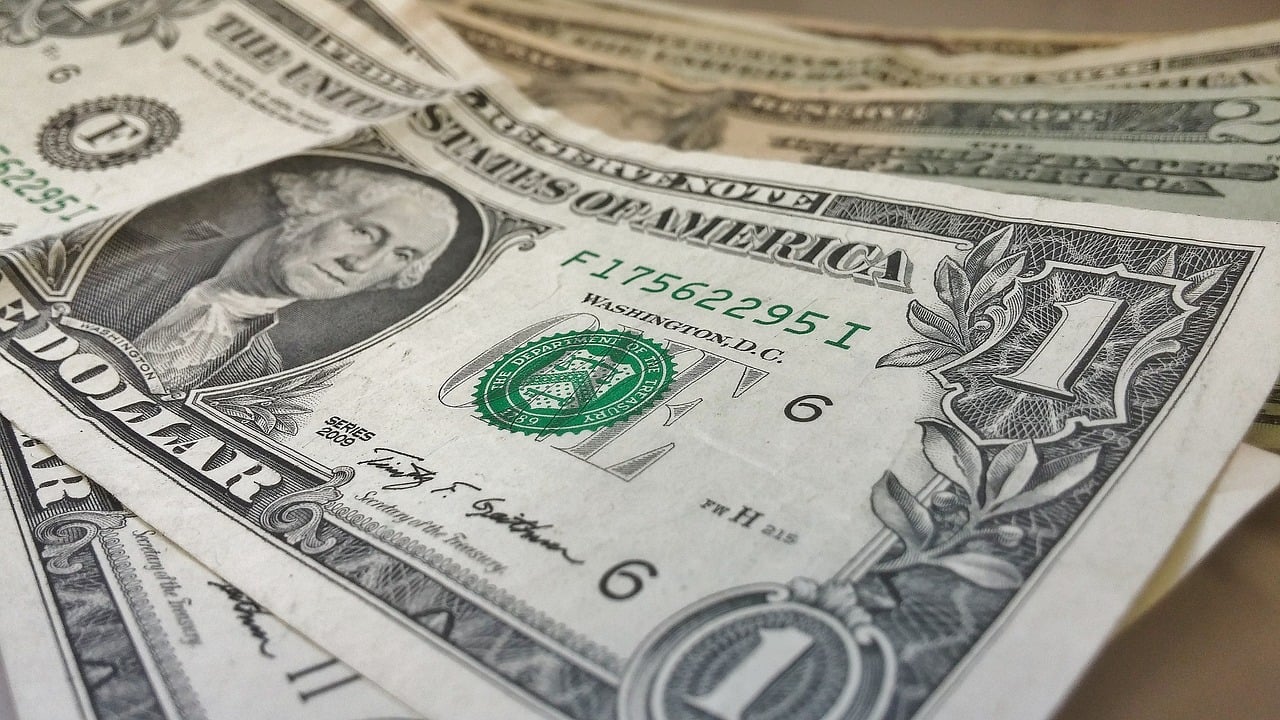There are many potential threats to your business, which you’ll have to manage on an ongoing basis. Competition could move in to threaten your territory. Defective products could cause you to lose consumer confidence. Your employees could leave or stop caring about the business. But one of the most dangerous threats is cash flow-the volume of cash coming into and going out of the business at any given time. If your business reaches negative cash flow and you have no way to compensate for it or recover, your business could go under.
So why does cash flow have the power to kill so many businesses, and what can you do to protect yours?
Q4 hedge fund letters, conference, scoops etc
The Power of Cash Flow
Let’s start by evaluating why cash flow is so important to the life and sustainability of a given business. Cash represents your buying power, and your buying power is necessary for most aspects of your business. For example, you’ll need cash on hand to maintain your office and equipment, pay your vendors, and keep paying your employees. If you’re defaulting on your loans and your employees aren’t getting a paycheck, it won’t be long before your business is forced to close its doors.
Cash flow is also a point of vulnerability because it’s affected by multiple variables. Multiple elements of business management could impact the state of your cash flow, including:
- How many paying customers you have. If you’re dealing with a customer shortage, you won’t have enough incoming revenue to cover your expenses, forcing you to tap your lines of credit (until they, too, inevitably dry up).
- How you invoice your customers. Using a reliable invoice template will help you invoice your customers consistently. If you forget to send invoices, or if you don’t follow up on invoices you’ve sent that haven’t been paid, eventually, you’ll end up with a cash flow shortage.
- How you manage expenses. Buying too much at once or allowing your expenses to accumulate endlessly can put a huge burden on your cash flow management.
- How you pay your bills. Even the timing of your bill payments can have an impact on your cash flow, if you needlessly drain your cash to pay a bill prematurely.
All it takes is one major disruption in one of these areas to create a cash flow problem, and if that problem is allowed to grow worse, that could be it for your business.
Improving Cash Flow in Your Business
So what steps can you take to improve your cash flow?
- Appoint a cash flow authority. First, it’s a good idea to put someone in charge of cash flow management. This designated authority, usually someone in your accounting department, will be responsible for keeping a close eye on your incoming and outgoing funds, and taking action if and when it looks like you’ll come up short. Most cash flow problems arise when nobody is watching the finances, so if you’re making weekly reports, you should be able to take proactive action before the problem gets any worse.
- Keep a tight leash on purchases. The fewer outgoing expenses you have, the less likely you’ll be to face a cash flow problem. Reducing the number of loans and credit payments you have, as well as restricting purchases, can make your cash go further.
- Conduct credit checks on new customers. Non-payment from customers is a major source of cash flow stress, but you can avoid at least some of this pressure by conducting proactive credit checks on all your customers. You should be able to weed out your biggest threats immediately.
- Perfect your invoicing (and follow up). Iron out your invoicing practices. You should be invoicing customers consistently, in the same ways, and with terms that work in your favor. You also need a documented process for following up with customers who don’t pay you on time (because it will happen eventually). Polite, but firm emails are a good first step, followed by phone calls, then more aggressive action.
- Carefully manage your inventory. Don’t keep more in your inventory than you currently need. Excessive levels of production or storage will be like sequestering cash, rendering it unusable for you. Inventory needs to play a role in your overall cash management.
- Time your outgoing payments. Always pay bills as late as possible. This allows you to keep your cash for the longest period of time, helping you stay positive.
The good news about cash flow is that it’s usually a problem only because of some other fundamental problem in your business, whether it’s a shortage of incoming cash or excessive expenses. It’s entirely in your power to prevent a cash flow problem before it arises—as long as you take it seriously.






